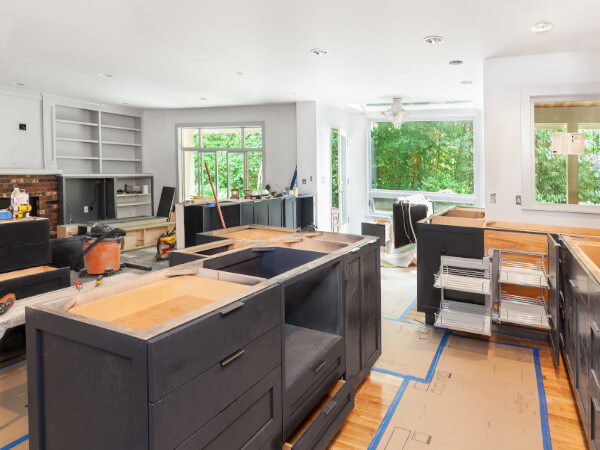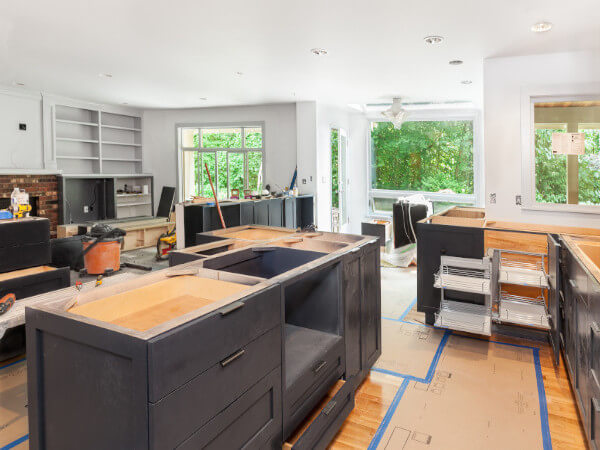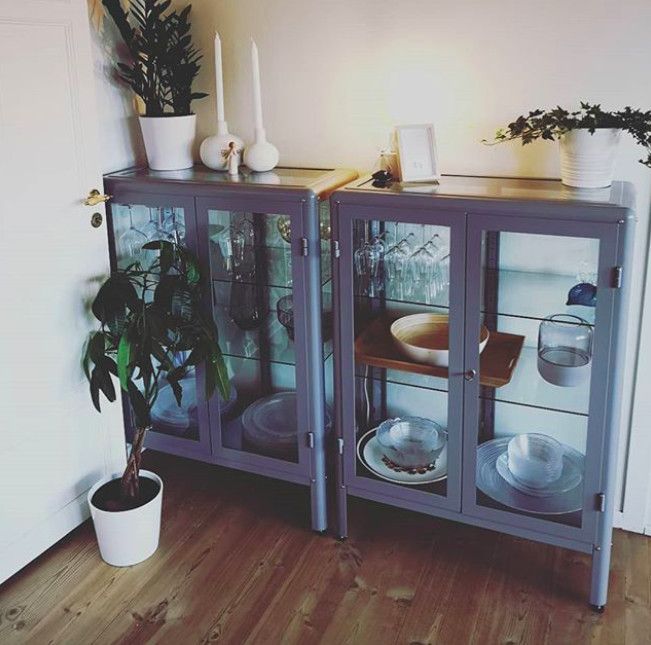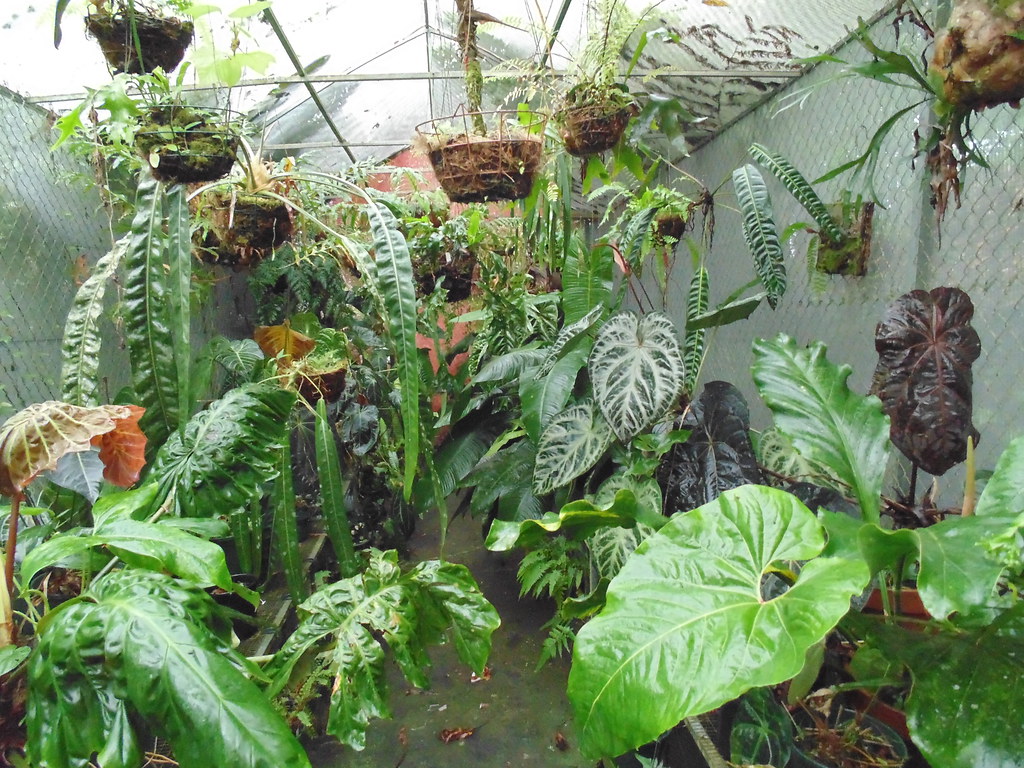Growing Oriental poppies is a fun and rewarding experience. However, it can be hard to know what you need to do before planting them in your garden. Oriental poppies are beautiful flowering plants that you can grow indoors or outdoors.
They are usually planted in the spring and bloom during the summer season. The flowers of these plants come in different colors including red, pink, white, purple, maroon, orange, salmon, and peach. These beautiful flowers attract many butterflies and bees, making them a perfect addition to your flower garden.
What are Oriental Poppies?
Oriental poppies, also known as Papaver Orientale are herbaceous perennial flowers with large, brightly colored blooms featuring petals reminiscent of crepe paper. Oriental poppies are grown mainly for their flowers, although they bear attractive foliage in spring.
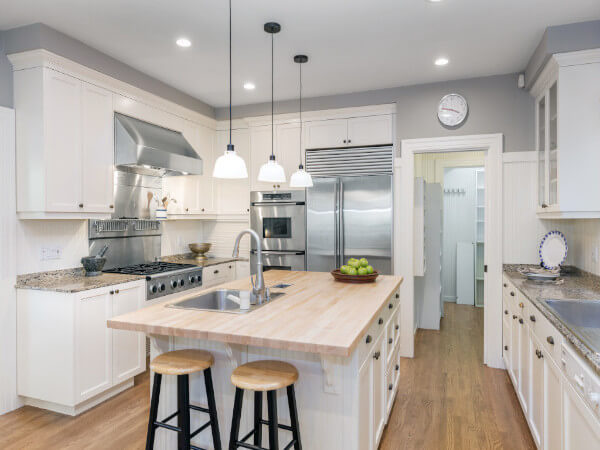
Image credit: https://www.saga.co.uk/
The big, thistle-like leaves of Oriental poppy are downy, deeply lobed, and rich green, offering aesthetic value in their own right. What makes the Oriental poppy a good cut flower is its tightly packed leaves and stiff and hairy flower stems.
Oriental Poppy Plant Care
Indigenous to elevated lands in Western Asia, the Oriental poppy has naturalized in parts of North America that have cold winters. This cold-hardy plant hates high heat and humidity; instead, this perennial needs cold temperatures in the winter and fares poorly for most parts south of planting zone 8.

Image credit: http://1.bp.blogspot.com/
Make sure you mulch around oriental poppies for the first couple of years for winter protection because most varieties are clump-forming. Also, propagate them by seed instead of transplanting because the clumps are slow to become established. Oriental poppy has multiple uses, which makes it a valuable garden plant.
Sunlight Requirements
Make sure you plant your oriental poppies in full sun. This will not only promote better flowering but will also encourage a bushy habit. If you want a tall, slender plant, then choose a location with some afternoon shade. Full sun will also reduce the chances of powdery mildew infestation, which is a potential problem with oriental poppies. At least six hours of sun a day will help your plant to thrive.
Soil Requirement
The soil should be fertile and well-drained. The plants need a lot of water in summer but less in winter. They are extremely intolerant to wet soils, so choose your planting site carefully by avoiding low areas that remain damp for long periods.
Growing your oriental poppy in a well-drained soil enriched with compost will give the best blooms. Oriental poppy also prefers neutral to slightly acidic pH. Root rot can be a problem if the pH is too high so make sure you test the soil pH and ensure it doesn’t exceed the limit.
Water Requirements
Poppies like moist but well-draining soil throughout the entire growing season and regular watering. Make sure you water when the soil is dry and avoid overwatering, especially during dormancy. Poppies grown in containers will need more frequent watering than those in the ground.
Water regularly and thoroughly so that water runs out of the planting holes at the bottom of pots. Poppies are drought tolerant; however, they will flower less and instead put their energy into developing more leaves and stems, making them greener but not as attractive.
Temperature and Humidity
Poppies don’t like it too hot. As a general rule, if you are comfortable outside, the poppy will be happy. It can tolerate temperatures down to 20°F, but you must protect the flower buds from an early frost that could damage or kill them. This plant doesn’t prefer high heat and humidity. They grow in hardiness zones 3 through 9.
Fertilizer
Poppies require well-draining soil and regular fertilization. They respond very well to all forms of fertilizer, including slow-release fertilizer in the spring. Be careful not to over-fertilize. Too much fertilizer will cause the plant’s energy to be put into producing flowers rather than leaves and stems.
Fertilize in spring just before new growth appears. If you already have fertile soil, use ammonium sulfate instead because it also contains some nitrogen. If it is too late for this application, you can side dress the soil with compost or manure tea. Make your own compost for your plants and you’ll like the outcome.
Propagating Oriental Poppies from Seed
If you have an adult poppy plant, the division is easiest to propagate new poppy plants. There are a couple of ways to do this. The first way is called layering. This takes several weeks and should only be done if you want just one or two new plants.
To layer oriental poppy, bend one of the stalks down to the ground, and bury it in the soil where it touches the ground. Hold the stalk down with a rock or other object. Water frequently while your Oriental poppy is lying on the ground to dry out too much. It’s better to do this late after the blooms have passed.
How to Plant Oriental Poppies
Once you’ve purchased these plants from a garden center, plant them from early spring into early summer. Direct sowing is the standard method for growing oriental poppies. Scatter poppy seeds directly on the surface of the soil in spring or early fall, where they’ll receive the sunlight they need to germinate.

Image credit: https://www.gardeningknowhow.com/
Poppies grown in containers are easy to plant. You gently settle them in the ground at the same depth they were in the pot. Be careful not to disturb the roots when transplanting. For bare root plants, plant them with the top of the tap root about an inch below the soil surface. Make sure you follow all directions that come with your bare root plant.
Pests and Diseases
Poppies rarely suffer from pests and diseases. But the oriental types can be set back by powdery mildew. This fungal disease can affect the whole plant by covering leaves and stems in white mildew in spring and summer.
Make sure you deadhead spent flowers and cut the plant to the ground level as you also clear fallen leaves to prevent the fungal disease from overwintering in the soil.
Oriental Poppy Varieties
Papaver Orientale Livermere
The most fragrant of all poppy varieties. It has large flowers, is very hardy, and is tolerant of poor soils. It also has a scarlet red flower that is 2 to 3 feet tall.
Papaver orientale Patty’s Plum
Patty’s plum is a variety new to the UK; it has purple petals with white markings. It is very hardy and loves poor soil. It’s heavily textured and plum-colored 2 to 3 feet high.
Papaver orientale Fireball
Fireball is a spectacular poppy with flowers up to 18 inches in diameter with bright scarlet petals, and a golden yellow center. The leaves are dark green and rough-textured, maturing to red-brown tones in autumn. It’s semi-double or double blooms.
Papaver orientale Bolero
Bolero is an amazing poppy containing purple-red flowers with purple eyes. The center of its flower is golden yellow. It’s 2 feet high, and it blooms in mid-summer.
Papaver orientale Princess Victoria Louise
This is another spectacular poppy variety that is 6 to 8 inches large, salmon-pink blooms, and 2 to 3 feet tall.
Companion Plants for Poppy Plants
Plant your oriental poppies in the middle or at the back of the flower bed to let other flowers fill in once they die. Hide the withering poppy foliage with summer bloomers such as Siberian iris, baby’s breath, Russian sage, daylilies, and rudbeckia. Protect the new poppy foliage in fall with bark mulch and pine boughs.
FAQs about How to Grow Oriental Poppy Plants
Do oriental poppies grow back every year?
Oriental poppies are true perennials, meaning the mother plant returns each year and slowly expands overtime to produce a larger plant and more flowers.
Should you deadhead oriental poppies?
Yes, you should cut back and deadhead oriental poppies after flowering. This will stimulate the growth of fresh new foliage and even new blooms.
Final Thought on How to Grow Oriental Poppy Plants
As you can see, growing and caring for oriental poppies is a fairly simple task. If you want to capture the magic of these brilliant blooms, consider planting them near your home or garden as an addition to the landscape.
The post How to Grow Oriental Poppy Plants appeared first on Kitchen Infinity.
Did you miss our previous article…
https://chefbuano.com/?p=877

